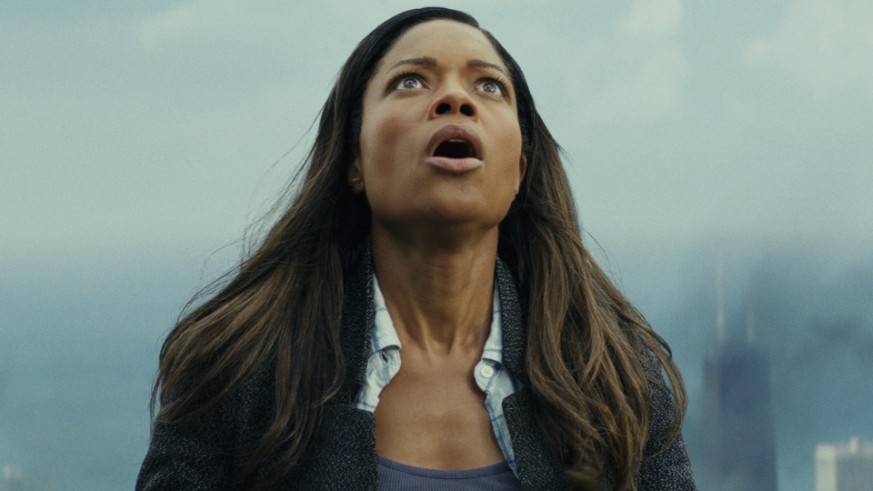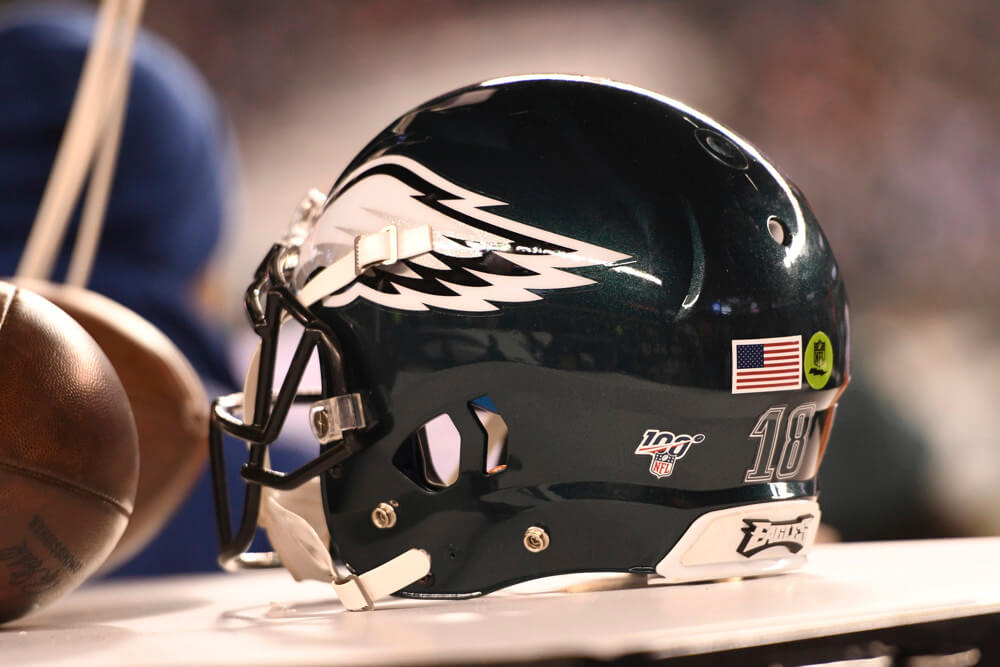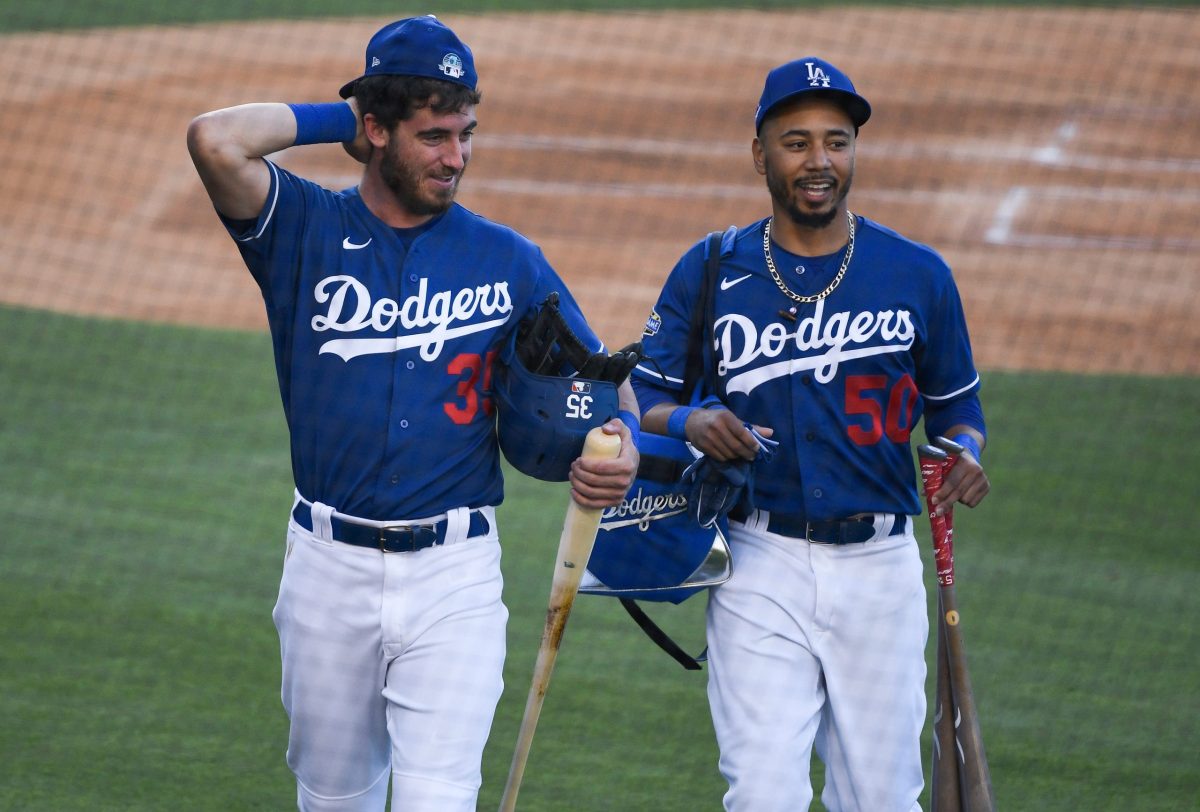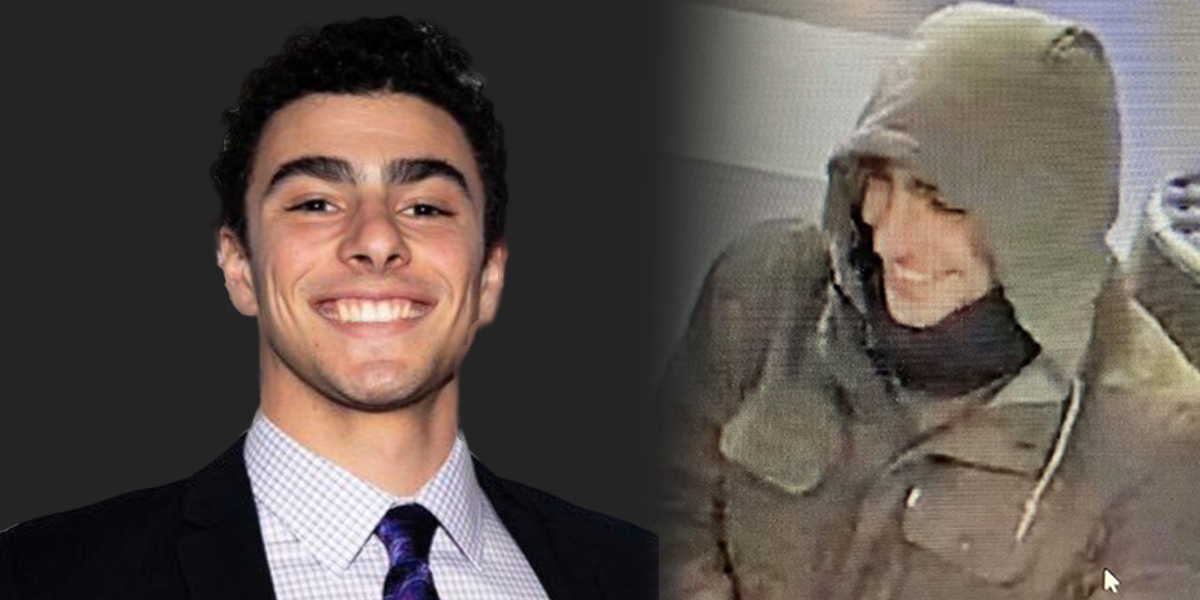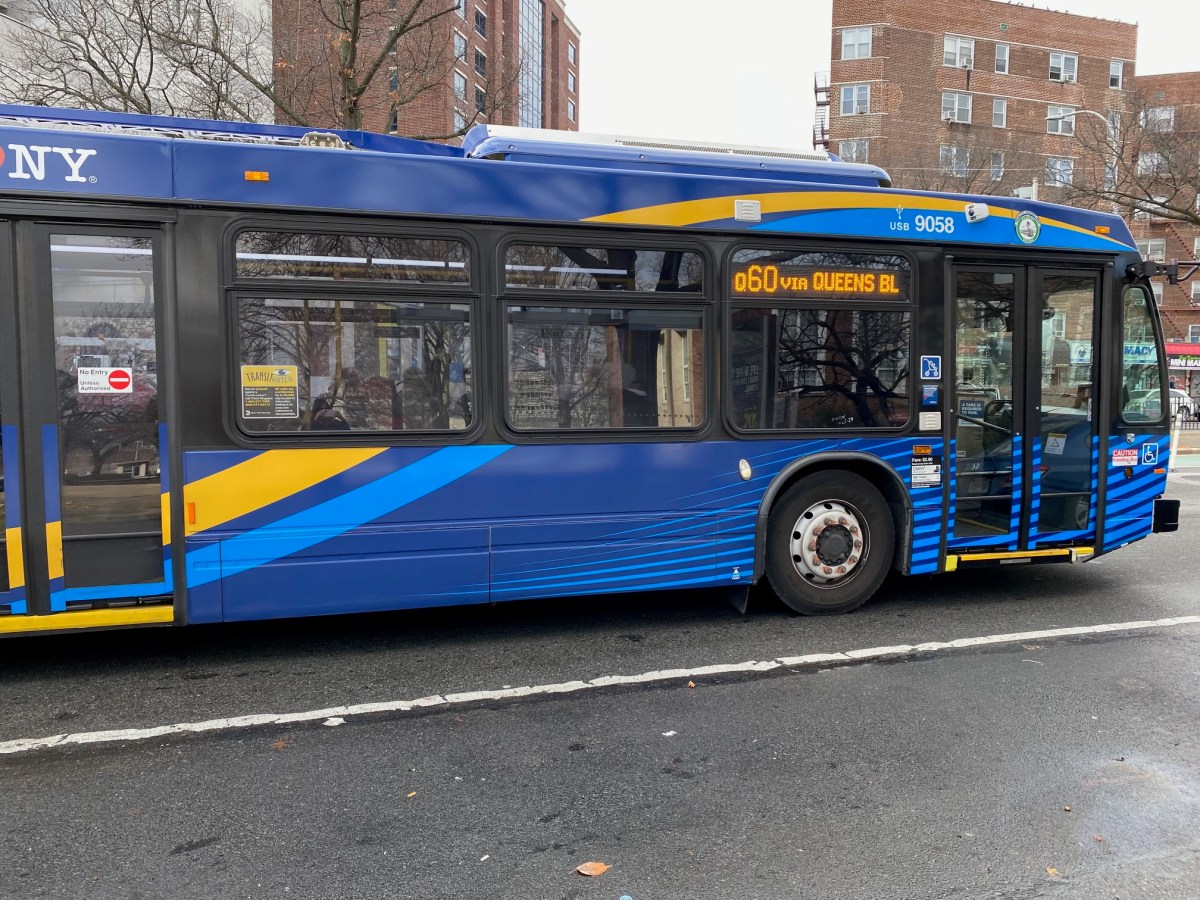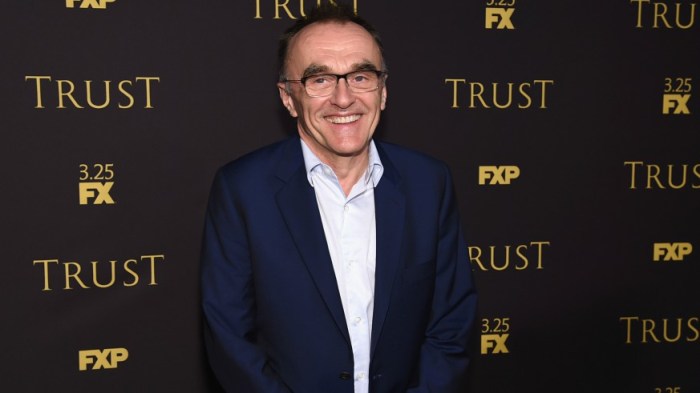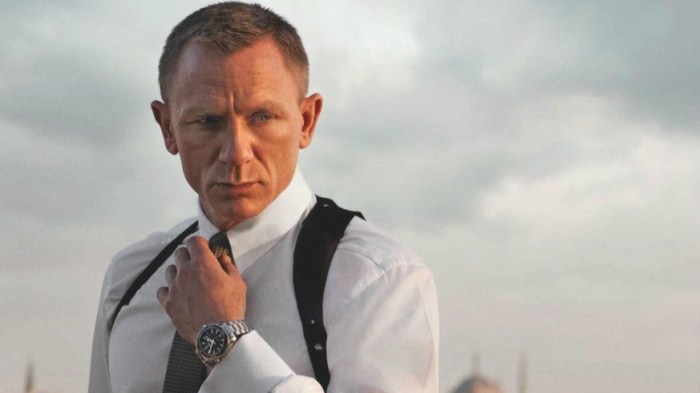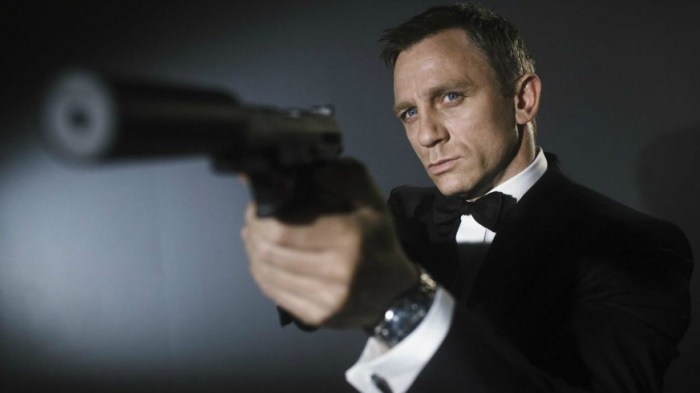After her Oscar nominated turn in Moonlight, Naomie Harris was looking to do something completely different.
In the shape of “Rampage,” and a giant gorilla, lizard, and wolf rampaging across America, Harris found the complete other end of the cinematic spectrum to bask in, which is exactly why she couldn’t say no to it.
Harris recently talked me through her decision to star in “Rampage,” its difference to James Bond, and the under-appreciation of the blockbuster genre by critics, while she also divulged her theory behind Dwayne Johnson’s huge success, too.
What first attracted you to “Rampage”?
I was approached by producer Beau Flynn. Who I had worked with on “After The Sunset,” which was the first big Hollywood film I had ever done. I just loved that it was a fun, light-hearted adventure movie, which was totally different from anything I had done in quite a while. Certainly “Moonlight,” which was the thing I had done before. I just loved doing something fun and lighthearted.
What made the role stand out?
I do get sent quite a few action movie roles. But what I loved about the character was that she had a strong backstory. And that she actually propels the movie forward. She’s not a damsel in distress that gets dragged along. She actually leads it at points. Because she has something that Dwayne’s character needs. I loved that she wasn’t just the token female.
I mean this in the best way, but it is a film where you can’t believe what you are watching.
[Laughs] I love those films! I generally prefer to do heavier, darker movies. Because they are cathartic. There’s room to play. The roles are usually juicier to get your teeth into. But when I am actually watching a movie I love the light hearted stuff. When I am on a 10 hour plane journey I am always going to pick a film like “Rampage.”
Frustratingly, it feels like films like this are often dismissed by critics, though.
I think that they don’t understand just how hard these films are to do. To really keep you engaged in that way, there is a fine line to it. You have to be over the top, be highly entertaining, create an adventure, but at the same time the only way to keep people engaged in the journey is if they are attached emotionally to the characters. So to do that is actually really, really tricky. I actually think “Rampage” manages to do that really well.
How were the action scenes different to those in James Bond?
It is completely different, because on Bond we don’t use green screen. We are doing stunts, but they are real live action stunts. We are on the edge of a mountain, driving up the hill very fast, or whatever you are doing. With this it was all green screen. It was me acting against tennis balls with numbers. You are told, ‘Look left at number 1! Imagine a building falling down. Look right at 3! The wolf is chasing you.’ It was all down to your imagination. Which is really challenging in the beginning, because you feel like a right idiot. But then you just have to throw yourself into it, and go, ‘Right, I am a kid.’ Which is brilliant, because Dwayne is the master of it. This is his world. He held my hand. And he was so brilliant. By the end I was loving it.
What was the biggest lesson you took from working with Dwayne Johnson?
The way he understands his fans in such depth. And what they want. And what they need from a movie. I have never know anyone to be so in tune with what his fans want. And then so intent on delivering that. You really see how important his fans are when he comes off set after 15 hours and he is always ready to sign photos and pose. It is so impressive. He really, really cares about his audience. And he takes his time to understand them.
I always think his wrestling career helped him forge a bond with his audience.
That’s a good point. It’s interesting in that way that each job we do, while it might not seem relevant at the time, it all builds to make us perfect for what we are ultimately doing.
“Rampage” is released on April 13.

